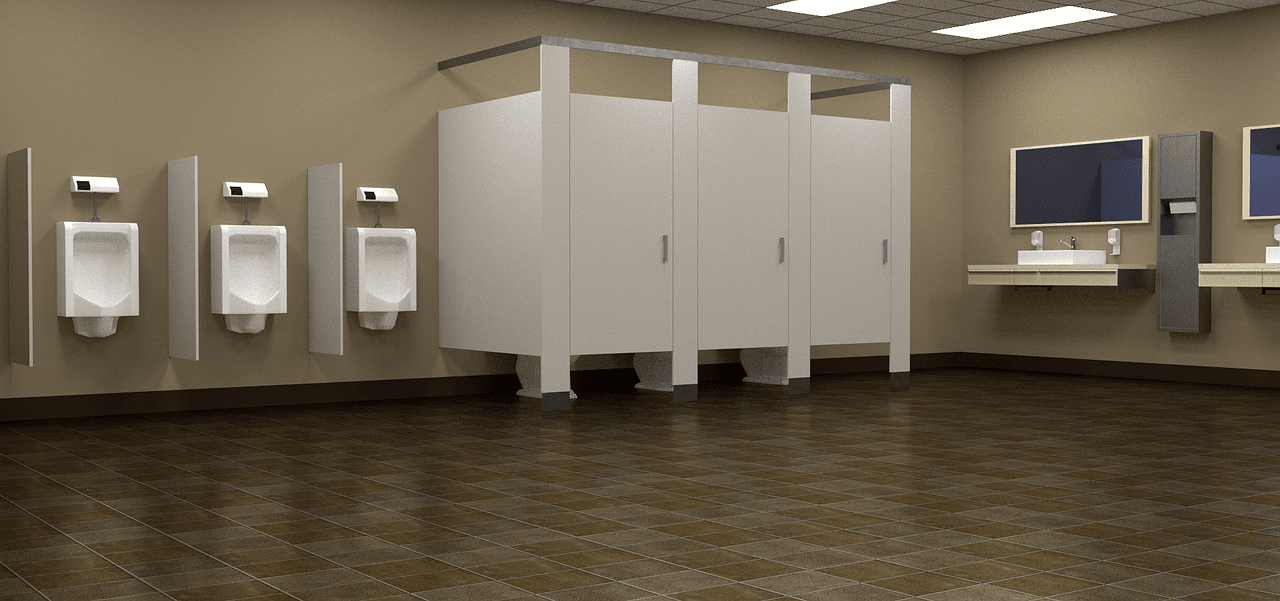Yale Victory for Potty Parity And LGBTs – Precedent For Others; Now Legal To Convert Multi-User Restrooms To All-Gender Use
WASHINGTON, D.C. (February 1, 2019) – Yale Law School has joined the George Washington University [GWU] Law School in pointing the way towards solving both the potty parity problem facing women, and the needs of some LGBT students, by opening up multi-user restrooms to use by all genders, announces public interest law professor John Banzhaf, who has been dubbed “The Father of Potty Parity.”
Q4 hedge fund letters, conference, scoops etc
To meet the needs of LGBT students, Yale sought to convert some traditional single-sex multi-user restrooms to all-gender use, but ran up against Connecticut codes which said that there must be a "minimum number of bathrooms that are required in buildings for women and men, separately."
This meant that restrooms available for use by all genders would not count toward the number of restrooms needed for compliance.
Adding more single-user restrooms was not possible, Yale argued, because the construction of more bathrooms to satisfy the code would negatively impact the architectural integrity of the almost century-old Law School building, and would be impossible due to space constraints. However, after some litigation, and an intervention by the governor, Yale was granted permission.
Several years ago, GWU Law School did the same thing; taking a previously traditional male restroom with three urinals and a stall toilet, and changing the sign on the door to "All Gender."
This, as Banzhaf explained at the time, helped satisfy the needs of transgender individuals.
It also meant that, if there were long lines at the adjacent women's restroom, women could use the new facility. Their sexual privacy would be protected by the stall surrounding the toilet, he suggested.
Also, there should little concern about voyeurism with so many people going in and out of the facility during the intermission of events in the large moot courtroom nearby.
But, Banzhaf notes, students and administrators should not have to beg for permission to meet the needs of transgender people, nor to deal with the problem of women being forced to wait on much longer restroom lines than men - potty parity. Now, he said, is the time to - as Yale has done - take legal action.
Many courts have recognized that transgender students have rights, especially relating to restroom needs. In addition, several courts have held that providing restroom facilities which disadvantage women, even if they are equal to those provided for men, can constitute illegal sex discrimination.
Moreover, permitting students who are female and/or transgender to use an all-gender restroom if they choose to do so is probably far less objectionable to many than permitting anatomical males to use restrooms previously reserved for women and young girls, suggests Banzhaf.
With so many college students now being housed in coed dorms with coed restrooms, it seems reasonable to assume that most would not be uncomfortable with the concept of multi-user all-gender restrooms.
Banzhaf urges other law schools and their law students to move in the same direction now that the precedent has been established, and to use legal action if necessary to attack restrictions based upon outdated puritanical concepts.
http://banzhaf.net/ jbanzhaf3ATgmail.com @profbanzhaf





